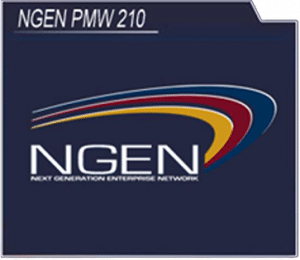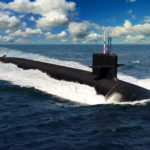
A Navy official said Tuesday the delay in the Next Generation Enterprise Network Re-compete (NGEN-R) is allowing the service to develop the acquisition documents in a way more akin to how software is developed in industry.Capt. Don Harder, deputy program executive officer for the Program Executive Office for Enterprise Information Systems (PEO-EIS), explained to reporters at a roundtable that the Navy has implemented a sprint/agile development process to push draft contract documents to industry almost weekly for early inputs on…

 By
By 











